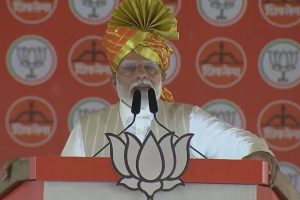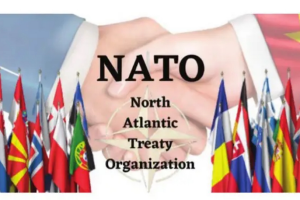A newly-built 500-metre tunnel in Arunachal Pradesh will provide all-weather connectivity to the strategic Tawang region along the Line of Actual Control. The Nechiphu tunnel will benefit armed forces, apart from tourists. It is part of the Centre’s massive infrastructure push in the region amid the border tension with China.
The tunnel is one of the 90 projects taken up by Border Road Organisation at a cost of ₹ 2,941 crore. These projects were dedicated to the country by Defence Minister Ranath Singh on Tuesday. The foundation for the tunnel was laid by the Defence Minister in October 2020.
Rs 2,941 crore has been spent on these 90 projects along the line of actual control (LAC) with China. Virtually, Singh inaugurated 22 roads, 63 bridges, the Nechiphu tunnel, two airfields, and two helipads across the nation, BRO officials said.
In the West Kameng district of Arunachal, the Nechiphu tunnel has been constructed at a height of 5,700 feet on the Balipara-Charduar-Tawang road. The 500-meter tunnel will shorten travel time by 20 minutes and reduce distance by 6 kilometers.
Defense analysts predict that the Nechiphu tunnel will be crucial in thwarting any Chinese threat. All-weather communication will be provided by the Sela Tunnel, which is now under development, and the Nechiphu Tunnel. Additionally, it will lessen carbon emissions in the area with fragile ecosystems.
The tunnel, which was designed for two-way traffic, includes contemporary lighting and is furnished with safety features.
Earlier, the region’s thick fog interfered with military and civilian movement. Such visual difficulties would no longer exist in the tunnel.
Modern electromechanical systems and firefighting equipment will be installed inside the tunnel in case of an emergency.
The tunnel features automatic lighting and monitoring systems that are controlled by supervisory control and data acquisition.
On both sides of the tunnel, raised pathways have been constructed for pedestrian safety. Additionally, these walkways will contain conduits for utility lines, optical fiber cables, and power cables.











